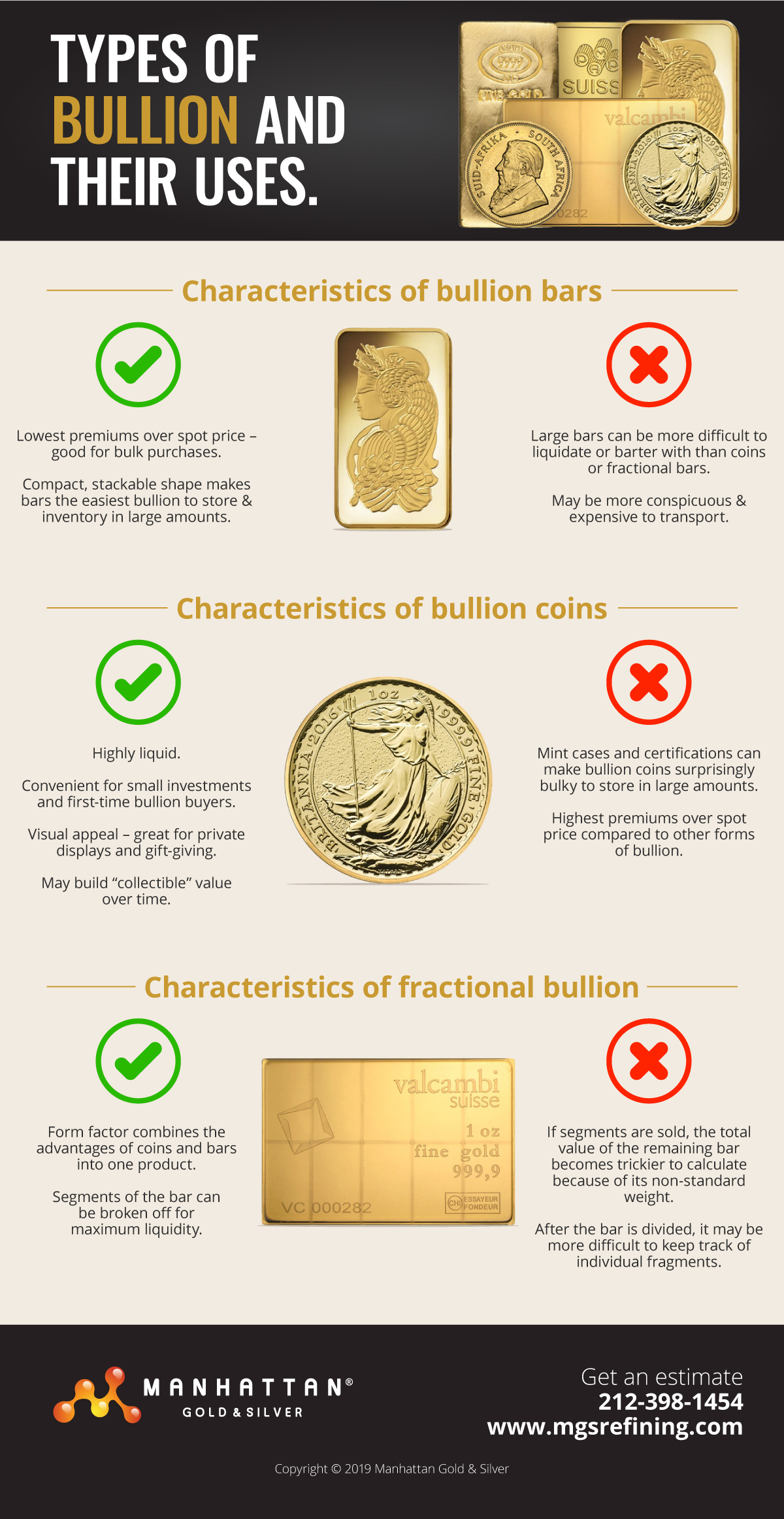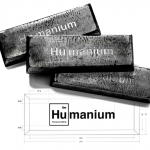Purchasing bullion is a great way to diversify a hard-asset portfolio. Of course, the amounts and types of precious metals you buy are important factors in investment diversification – but what about the types (i.e. form factors) of bullion?
One of the common questions first-time investors ask when they see all of the ingots, bars, coins, grains, rounds, and other types of bullion available is “what’s the difference?” Since the inherent value is the same, there is no strategic advantage to owning, say, coins instead of bars. But, there are some reasons why investors may prefer one form factor over others.
For example, bullion coins’ smaller sizes and difficult-to-counterfeit designs give them better liquidity compared to ingots, bars, or rounds. However, seigniorage fees typically push the cost of bullion coins over the spot price for their metal content. So if you can afford to purchase more metal at once, and you have a secure space to store that amount, you’d save some money upfront by purchasing bars instead of coins.
In the infographic above, we’ve outlined the key differentiators for the most popular bullion products: bars, coins, and fractional.












